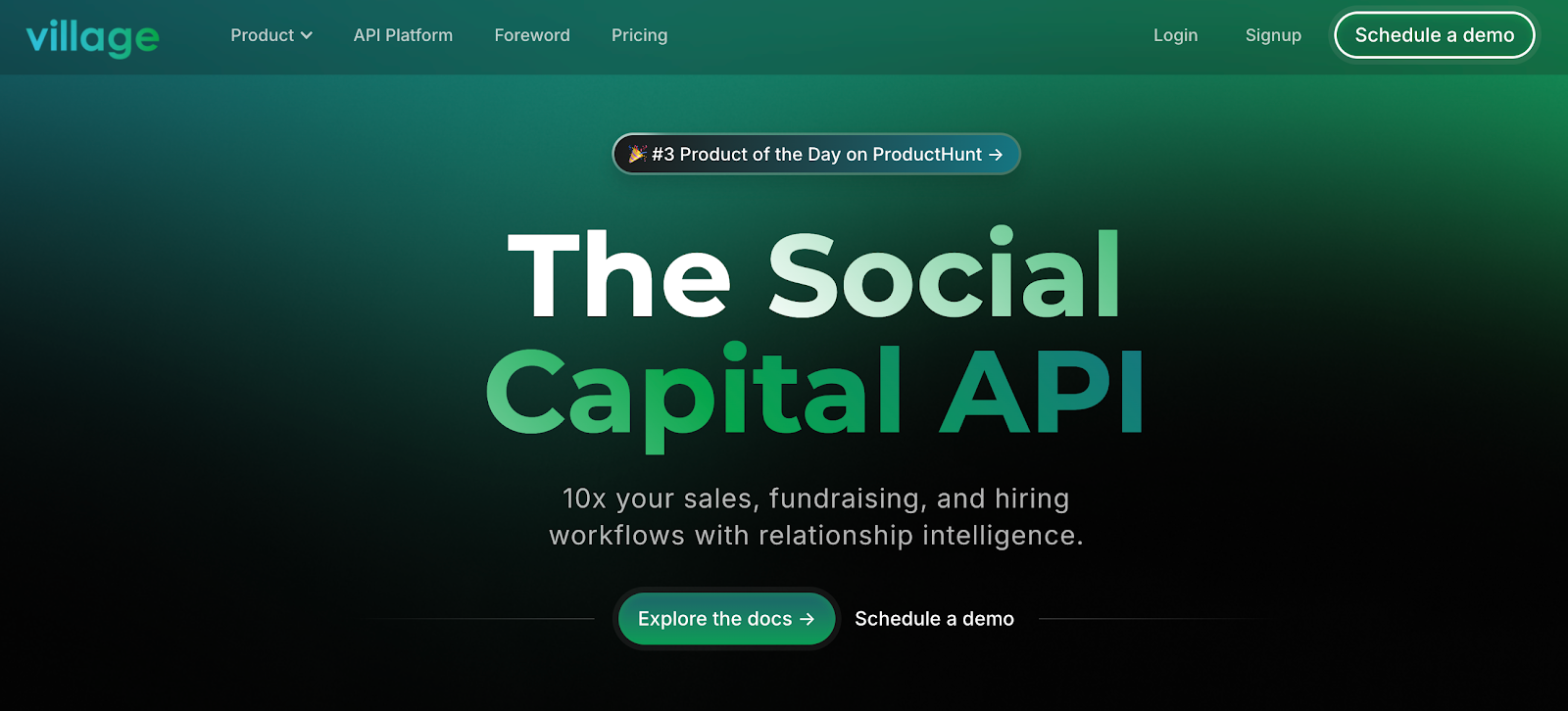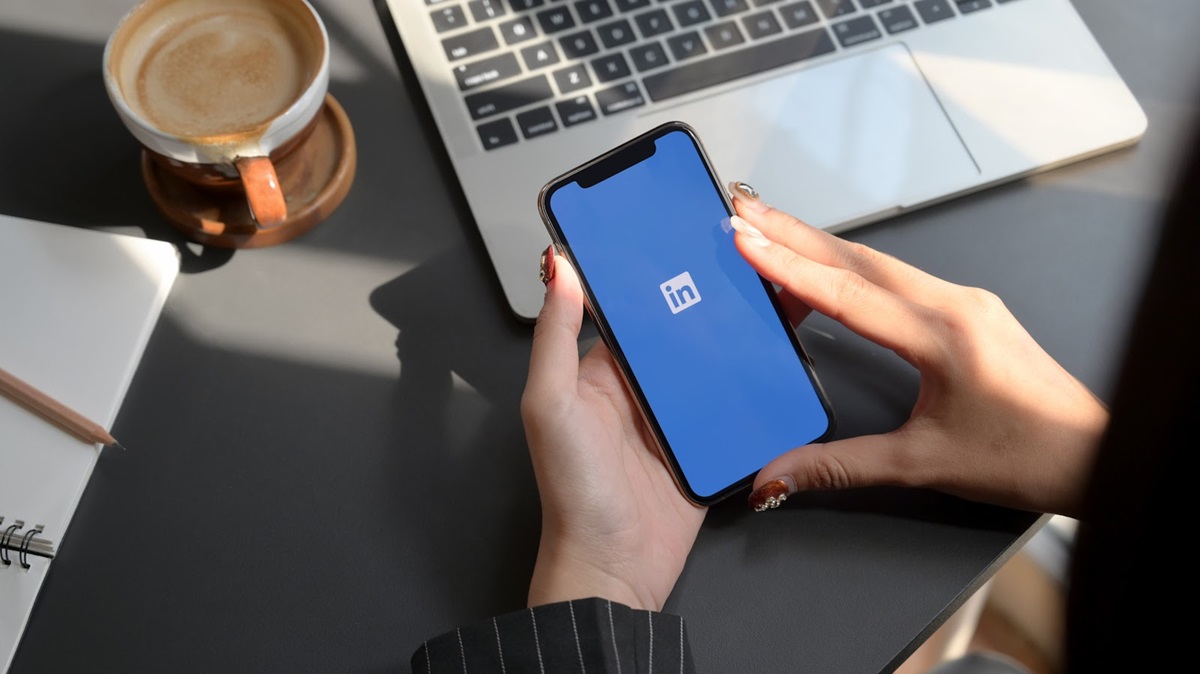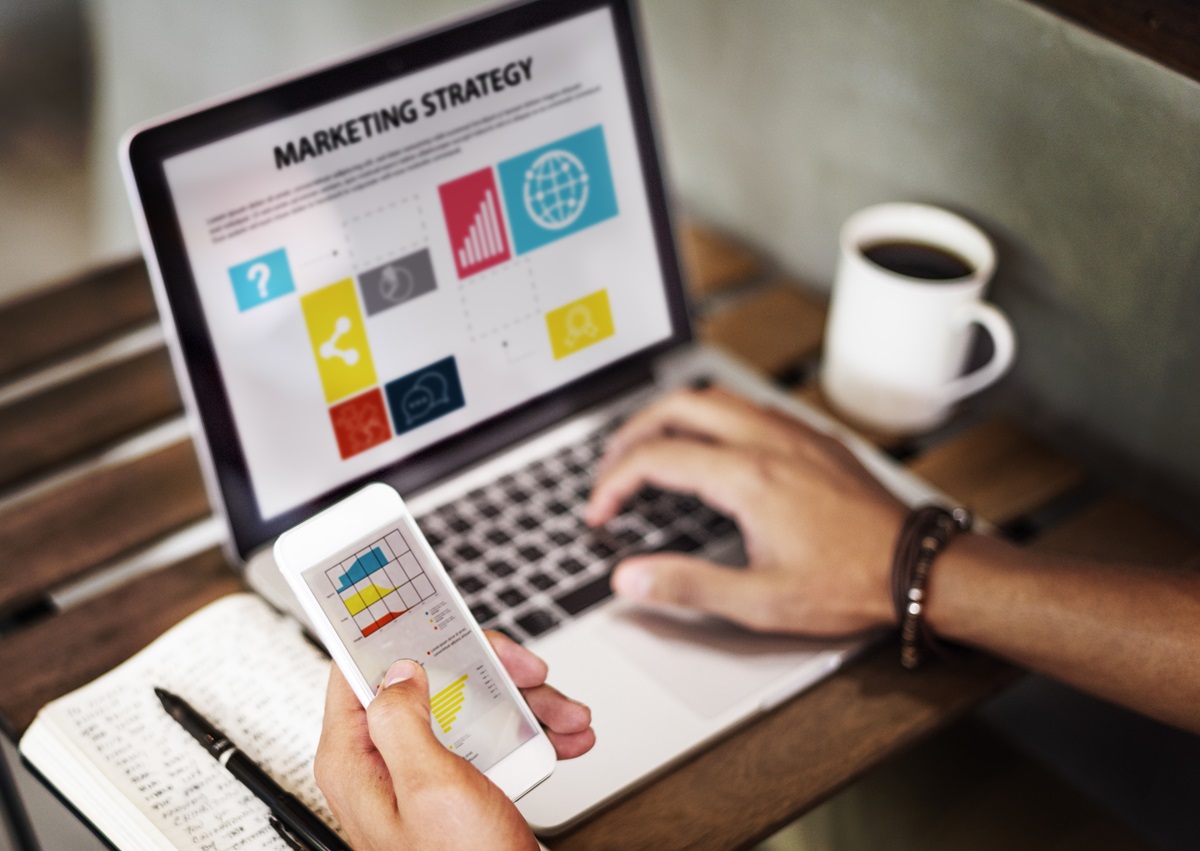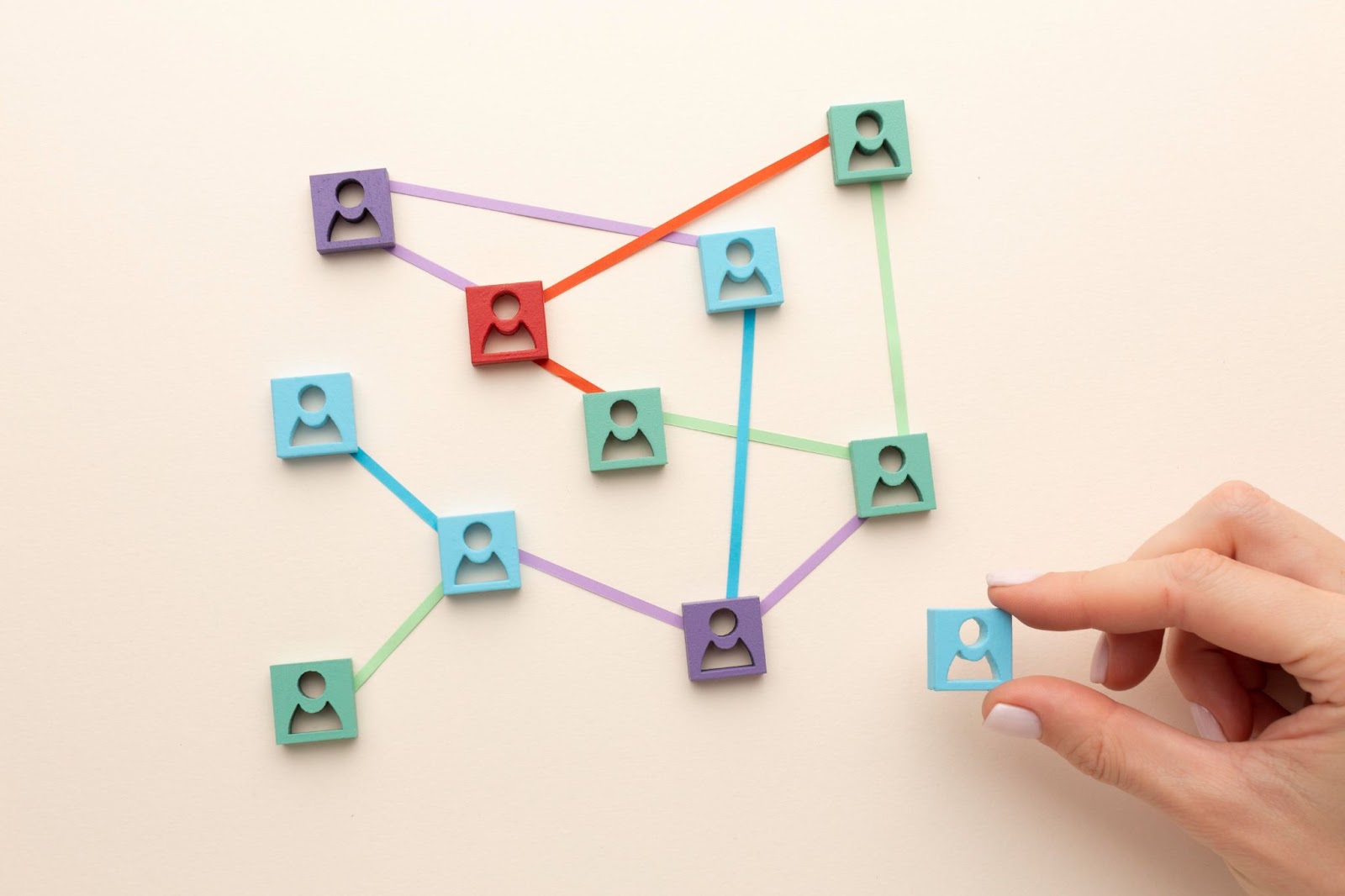LinkedIn attracted nearly 1.77 billion visits each month in 2025. That level of activity means the people you’re trying to reach are already there. But grabbing their attention takes more than sending a quick message and hoping for a reply.
Most outreach falls flat because it feels automated, vague, or self-serving. People spot it immediately and move on. If your messages look like dozens of others in someone’s inbox, they won’t lead anywhere.
This guide breaks down 11 LinkedIn outreach practices that lead to real conversations. These aren’t recycled tips. You’ll get clear tactics that help you write better messages, build trust faster, and use the platform with intention.
1. Optimize Your LinkedIn Profile for Credibility
Before someone replies to your LinkedIn outreach message, they almost always check your LinkedIn profile. That single glance often determines whether your connection request leads to a conversation or gets ignored entirely.
Treat your LinkedIn account like your personal landing page. It sets the tone for your outreach strategy and helps people decide whether you're worth talking to. If your profile is weak or unclear, even the best outreach message won't get entertained.
Make your headline compelling. A generic job title doesn’t tell anyone why they should connect with you. Instead, use that space to speak to your target audience.
Your 'About section should feel like you're talking to a prospective client.
Focus on these:
- Use a recent, clear profile picture
- Include a free resource or link in the featured section
- Add a banner image that reinforces your message
- Reference mutual connections to build context
When your profile is aligned with your LinkedIn outreach strategy, your direct messages feel intentional.
2. Send Personalized Messages
Generic LinkedIn outreach messages vanish in crowded inboxes. Your target audience can spot a template in seconds, so you need to show you did real homework before you hit send.
Scan a prospect’s recent posts, comments, and mutual connections. Look for a point you genuinely relate to. It could be a shared event, a fresh accomplishment, or an opinion you respect. Open with that reference so the reader feels you wrote the note just for them.
Keep the body tight and relevant:
- Line 1: Mention the personal hook.
- Line 2: State why you reached out and connect it to their pain points.
- Line 3: Offer a small next step, like a free resource or quick chat.
When you send a personalized connection request like this, people respond more often. LinkedIn reports that custom messages get 45% more replies compared to generic ones.
The same approach works for follow-ups. Each touch should add something new. Never repeat the first pitch.
3. Warm Up Your Outreach With Something They’ll Care About
If your LinkedIn outreach campaign starts with “Let me tell you about our product,” you’ve already lost. No one wants to hear a pitch from a stranger. Your first move should give the other person a reason to care and a reason to keep reading.
That doesn’t mean sending over a PDF or asking for time. It means offering something that feels useful to them, based on who they are and what they might be working on. Think about what would catch your eye if roles were reversed.
You can lead with a:
- Short take on a trend they’ve commented on
- Quick insight tied to their LinkedIn group discussion
- Free resource that speaks to their role or challenge
- Question that opens space for a real response
Your LinkedIn message should feel like an entry point to a meaningful conversation. When you approach LinkedIn users with something relevant instead of something you need, the interaction becomes mutual.
This kind of value-first outreach also sets up stronger follow-up messages. It gives you room to continue sharing helpful context without sounding repetitive or transactional.
4. Use Public Engagement to Set Up Your Outreach
Cold direct messages feel random when the recipient has never seen your name. Spend a few minutes engaging where LinkedIn members already talk. That public touchpoint warms the relationship, so your inbox note lands with context instead of confusion.
Use quick, visible actions that add value:
- Leave a thoughtful comment on a post about their project or market.
- Answer a question in a relevant group and tag the author.
- Share their post with a brief takeaway for your own network.
Find these interaction points with Sales Navigator or the built-in LinkedIn search. Target recent posts because people check notifications soon after they publish, which means they notice your name right away.
After a few meaningful touchpoints, your name feels familiar. When your outreach message arrives, it looks like a continuation of a public conversation rather than an unexpected sales push.
5. Keep Messages Short Enough to Read on a Phone
Most LinkedIn users check messages between meetings, in line at a coffee shop, or during a quick scroll. If your LinkedIn message feels like a wall of text, it’s getting skipped. You need to make your point quickly and clearly.
Start with a personal reference or context. Then, share why you’re reaching out and how it relates to them. End your message with a low-pressure prompt or follow-up message option.
Your outreach message should never start with your job title or company pitch. That pushes people away before they get to the point. Instead, talk to them like a peer. Avoid sounding like you pasted the same line 200 times.
6. Segment Prospects Before You Send LinkedIn Messages
Your LinkedIn Sales Navigator account gives you more filters than the standard search bar. Use those advanced options to narrow millions of LinkedIn members to a list of people who match your goal.
A tight list keeps your sales outreach relevant and keeps you from blasting out too many messages that hurt reply rates.
Start with role and seniority, industry and tech stack, and company headcount.
Next, layer in intent signals. Recent hiring sprees, fresh funding, or a new product launch often create potential leads that need help fast. Save these filters as a targeted outreach list so you can work on it each week without rebuilding the search.
With a focused list in place, you’re ready to build a follow-up rhythm that keeps the conversation moving without spamming their inbox.
7. Use Multiple Channels for Your LinkedIn Outreach Strategy
Relying only on LinkedIn messages limits your chances. Some people check their inbox rarely. Others ignore message requests altogether. To achieve better engagement, consider using multiple methods to reach someone.
Start simple. Send a connection request with a short note, then follow up with a quick email outreach a few days later. If they interact on one platform, continue the conversation there.
Here’s a sample multichannel sequence:
- Day 1: Send a LinkedIn invite with a personal intro.
- Day 3: Email them with a short message that builds on your first contact.
- Day 6: Comment on a post or reshare something from their feed.
- Day 9: Use LinkedIn InMail if your messages haven’t been opened.
Once your process is working, consider using outreach automation tools to help manage timing and keep follow-ups on track.
8. Use Automation to Scale Your Outreach
You don’t need to write every message by hand to run effective LinkedIn outreach. But if you automate without a strategy, your messages will look like spam. That kills your response rates and weakens your reputation on the platform.
Use automation to manage volume and timing. Let the tool help you send direct messages or manage sending connection requests, but build smart templates that still feel human.
Look for tools that support:
- Custom first lines based on initial contact details
- Message spacing that avoids spam filters
- Tags that separate potential clients from existing customers
- Syncing with your customer relationship management (CRM) to keep your outreach process clean
If you’re using LinkedIn Sales Navigator, combine it with your automation setup. The advanced search filters help you build tight lists. Then, automation can send the first message while you focus on the follow-up and closing real sales calls.
9. Use Data to Sharpen Your LinkedIn Strategy
You can’t improve your LinkedIn outreach if you never look at the numbers. Tracking helps you spot what’s driving replies and what’s wasting your time.
Start with the basics. Track connection accepts, first-message replies, and how often chats lead to calls.
Use a spreadsheet or sync with your CRM to spot patterns. If a message consistently gets ignored, rewrite it. If one variation lands replies, double down and test a small change to improve it further.
Try A/B testing different openers or call-to-action lines. Watch how message timing affects responses. Review your LinkedIn Sales Navigator filters and update your advanced search criteria as you learn who engages and who doesn’t.
LinkedIn messages see a 10.3% response rate. That's nearly double the 5.1% average for cold email. That edge makes your outreach efforts more likely to turn into real lead generation.
Data shows you where your outreach efforts gain traction. You need those insights if your goal is real lead generation, stronger business partnerships, or consistent business growth.
10. Publish Content That Pulls Your Target Audience
Content builds trust before you ever send messages. Sharing clear, useful posts on the social media platform helps your LinkedIn connections see your value without a pitch. That makes your cold outreach feel less cold and supports steady LinkedIn lead generation.
Write short posts that solve a problem, share a lesson, or offer a valuable resource. If you link to a blog post, make sure the post adds real depth. Keep most of the insight on LinkedIn so people stay engaged.
When someone comments, respond quickly. That opens the door to a one-on-one conversation. Use advanced search to find trending topics and create content around them.
The more relevant your content, the easier it becomes to connect. It makes your next InMail message or connection request easier to accept because people already recognize your name.
11. Adjust Your Message Based on Their Activity
Your outreach works better when it fits the prospect's mindset. A new LinkedIn connection may need a light introduction, while someone asking detailed questions might be ready for a deeper conversation. Check their posts, comments, and profile activity to understand what they care about right now.
Professional networking on LinkedIn gives you real-time signals. When someone likes content about new job opportunities or industry trends, they are likely exploring ideas. That's a good time to reach out.
When your message matches what they are thinking about, your LinkedIn outreach feels timely. You make it easier for potential customers to respond and remember you when they're ready to contact companies like yours.
Use Village to Unlock Warm Paths on LinkedIn

A strong LinkedIn outreach strategy includes personalized messages, smart follow-ups, and consistent content. But even the best cold outreach has a limit.
Instead of sending cold LinkedIn messages and hoping for replies, use Village to request warm introductions through familiar people.
It expands your reach by:
- Tapping into second- and third-degree contacts
- Pulling data from your LinkedIn connections, email, calendar, and past collaboration history
Village scores your relationships to show who trusts you and who is most likely to introduce you to someone in their network. You get a clear view of the best path into your target account, plus AI-drafted intro requests that keep the message personal and respectful.
Your next opportunity could be one introduction away!
Start using Village with a free trial or schedule a demo to see how it fits into your outreach.
FAQs About LinkedIn Outreach Best Practices
How to create your perfect LinkedIn outreach campaign?
Use Sales Navigator and LinkedIn search to build a strong list. Make your connection requests personal and direct. Focus on writing personalized messages that speak to their interests, and follow up with a smart mix of email outreach and LinkedIn InMail if needed.
How effective is LinkedIn outreach?
When you follow LinkedIn outreach best practices, you can see reply rates around 10%, which is nearly double the average for cold email. A strong LinkedIn profile, thoughtful messaging, and well-timed follow-ups give you an edge that mass emails often lack.
What tactics made you successful at this LinkedIn outreach?
Always write messages that sound like they’re meant for one person. Open with something specific, ask a clear question, and make sure each follow-up offers something new. You can also use Village to add LinkedIn outreach through warm introductions instead of random cold messages.
How to increase outreach on LinkedIn?
Post short, helpful content that addresses real challenges your audience faces. Comment on posts from potential customers, join professional networking conversations, and contact companies through people you already know. Consistent small steps build momentum and lead to conversations, including new job opportunities or leads you didn't expect.










